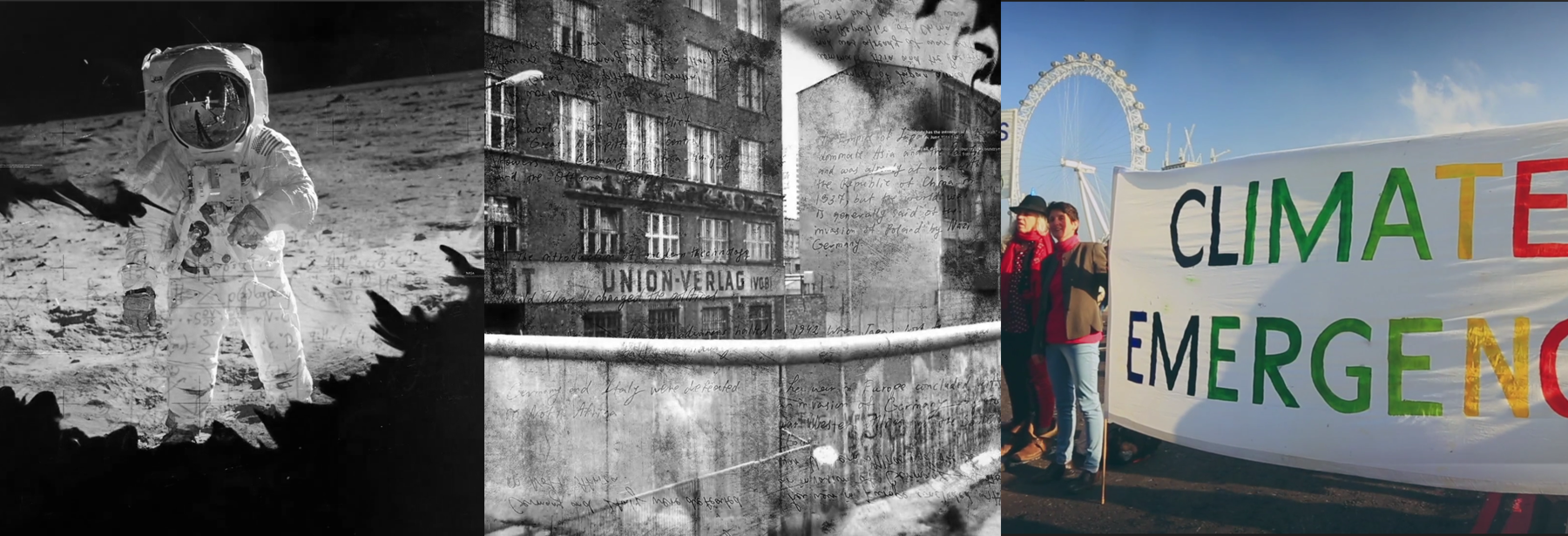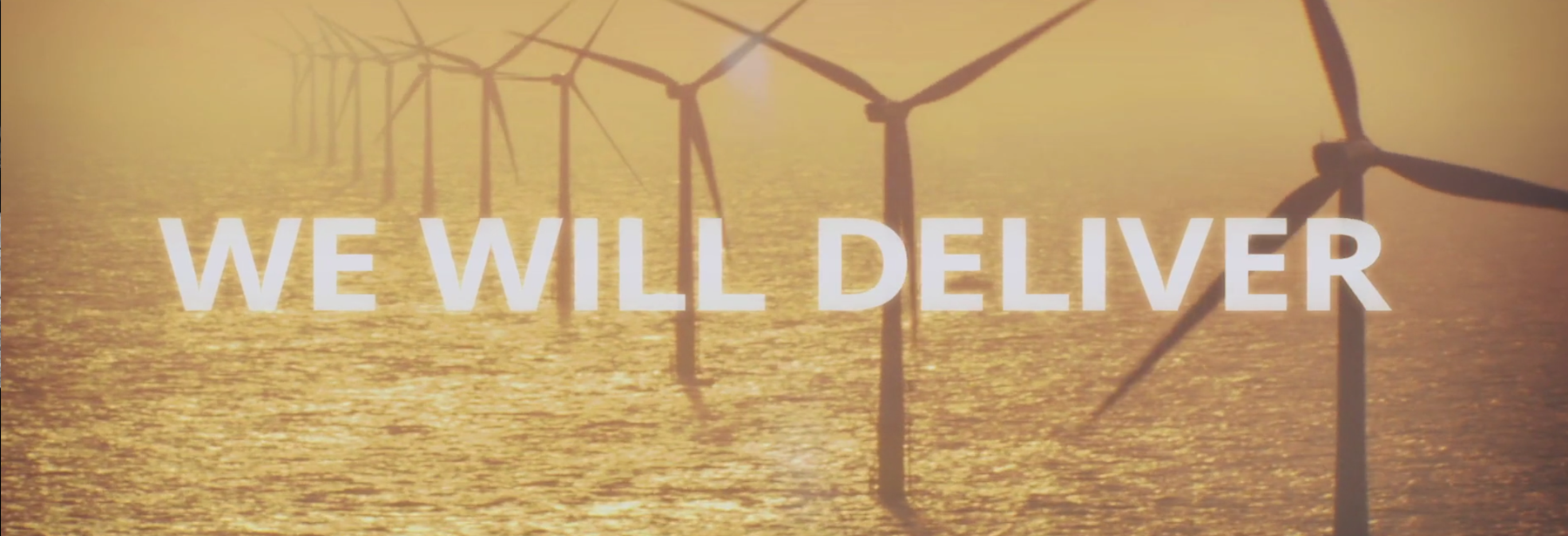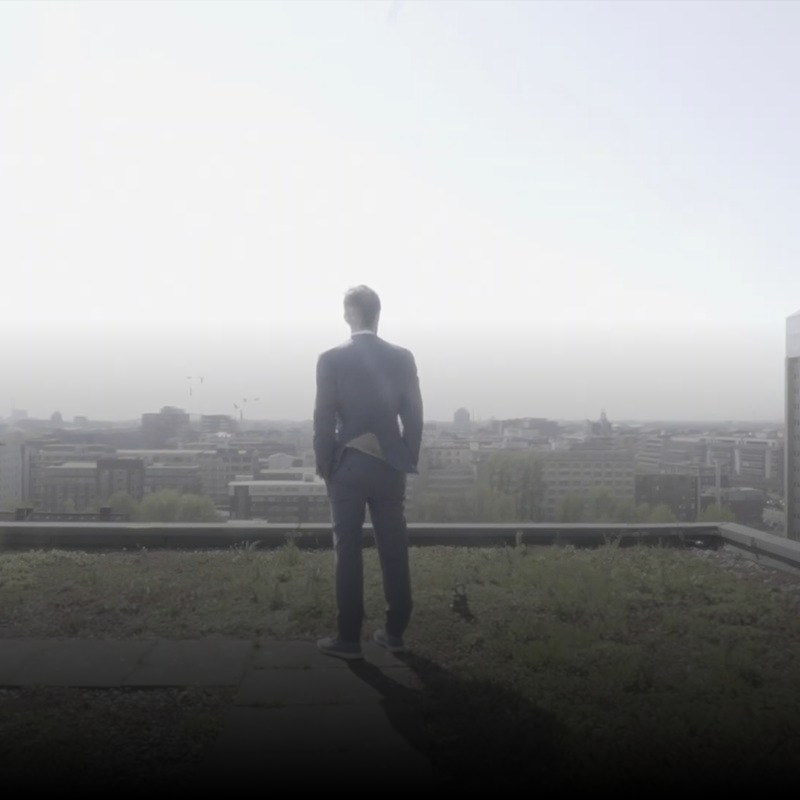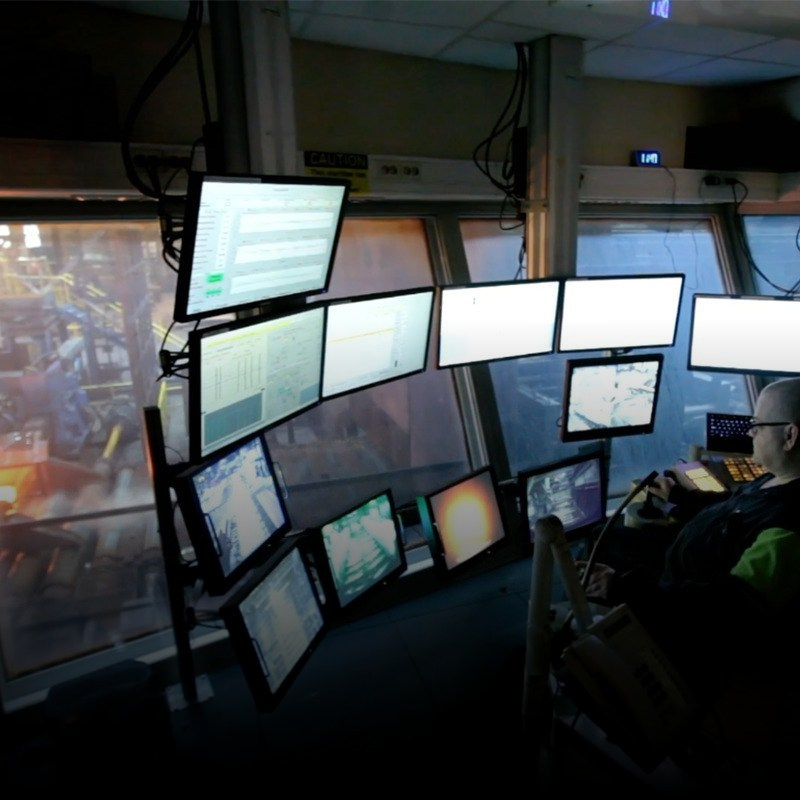Leading the Charge
By Kristian Ruby, Secretary General - Eurelectric
Every generation has its struggles and challenges. 50 years ago, a man walked on the moon for the first time, marking a giant leap for mankind. 30 years ago, the Berlin wall was torn down by people yearning for freedom. Today, the world is faced with another dire challenge: we have to reconcile our civilisation with the nature around us. And the clock is ticking.
With the Paris Agreement, the political direction is set. And in the EU, leaders have defined targets for emission reductions, renewables, energy efficiency and electro-mobility. It is now up to the capitals to ensure a timely implementation.
The good news: we have a solution at hand. Electricity is a key enabler of a carbon neutral economy. And there is broad consensus that deep decarbonisation will require electricity to cover at least half of societal energy demand by mid-century. In other words, political leaders depend on the power sector to succeed with the energy transition. Our sector has answered the call with a clear message: We will deliver. And we are determined to lead the charge.

A 10 year challenge for the power sector
We are on the brink of a new decade. The decisive decade when it comes to avoiding that climate change spirals out of control. And a decade that will see a fundamental reshaping of the power sector in Europe.
Ten years from now, there will be 40 million electric vehicles on the roads in Europe. The significance of this cannot be overstated. We will serve millions of customers with essential mobility services and operate large-scale infrastructure in a new space. And the change will happen fast. We must ensure deployment of public charging infrastructure, strengthening of distribution grids to meet the growing demand and allow citizens to drive seamlessly across the continent.
Ten years from now, more than half of all electricity will come from renewables. More renewables means higher variability. In the coming years, demand for flexibility sources such as storage and demand response and backup plants will increase massively.
Ten years from now, digital will have reshaped every part of our business. The revolution in digital technologies opens up a new world of opportunities across the entire value chain. But it will also present new dilemmas around privacy, automation as well as human control.
Pulling out all the stops
For the next miles of the journey, people, partnerships and pace will play a pivotal role.
People. How can we involve citizens and customers in the energy transition? How can we convince customers to pick the new electric options over the ones they know? How do we get citizens to embrace changes in the landscape as we deploy more power lines and wind turbines?
Partnerships. How to forge new alliances? We will need to rewire the connections between economic sectors and overcome traditional dividing lines: public and private, clients and competitors, innovators and incumbents.
And last, but not least: Pace. How to keep up and even accelerate electrification and deployment of new power capacity, when we are already moving at full speed in many places?
Significant investments must be made. Yearly, 89 to 111 billion euros are needed for generation and storage and additional funding is necessary to bolster the power grids.
The power sector has taken on this challenge. Because it is necessary. And just as importantly: Because we see a lot of exciting the opportunities. In this campaign we have engaged with 15 companies from across and beyond the power sector to craft a series of mini-documentaries exploring our actions towards a future of reliable, affordable and sustainable energy transition.
The European power sector is determined to deliver. And we mean to lead the charge.





